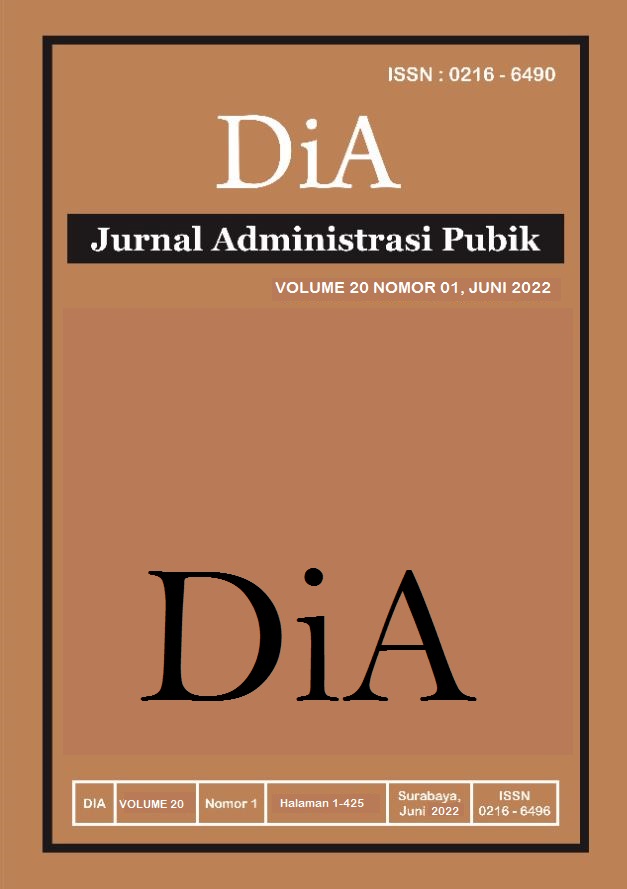CONCEPTUAL FRAMEWORK FOR APPLICATION OF AFFIRMATIVE ACTION ON RECRUITMENT AND SELECTION IN POLICE AGENCIES
DOI:
https://doi.org/10.30996/dia.v20i01.6141Keywords:
affirmative action, recruitment, selectionAbstract
Affirmative action is one of the most controversial issues in the management of public human resources, including in police agencies. Recruitment and selection are no longer only about recruiting the best talents but are also oriented towards accommodating diversity. This article discusses the experience of affirmative action in recruitment and selection in police agencies, the conceptual framework for affirmative action in recruitment and selection, and the conceptual framework of factors that influence the application of affirmative action in recruitment and selection so that its implementation runs optimally. Through a literature study, the results show that the implementation of affirmative action in police agencies tries to accommodate minority groups to enter the organization with a focus on gender, race, and ethnicity. In its implementation, problems occur in both developed and developing countries. Therefore, the application of affirmative action in recruitment and selection must be identified in the recruitment and selection stages itself starting from the recruitment process, candidate screening, and selection interviews. In order for the implementation of affirmative action to run optimally at the recruitment and selection stages, the influencing factors need to be considered both before carrying out recruitment and selection—in the form of an internal environment that supports diversity, organizational willingness, and determining target locations—as well as at the time of recruitment and selection, seen from the perspective of the employer and the perspective of the applicant or candidate.
Downloads
Downloads
Published
How to Cite
Issue
Section
License
The DiA journal allows authors to retain the copyright of their papers without limitation. Authors may grant publishers non-exclusive publishing rights to publish articles. Granting first publishing rights to publishers also qualifies as unlimited copyright (because there are no restrictions imposed by publishers on author copyright).






